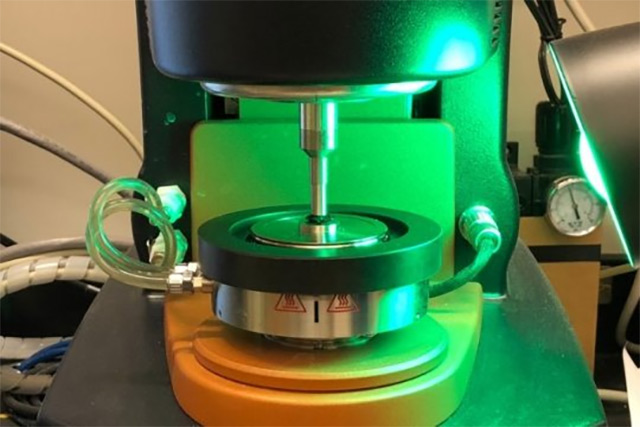The faint stream emanating from star systems could be caused by DIAMONDS
09/09/2018 / By RJ Jhonson

Scientists have long been puzzled by mysterious glowing streams in the far reaches of the Milky Way. In a study published in the journal Nature Astronomy, an international team of researchers reported that they have figured out the source of this microwave light and what it reveals about the origins of the Earth.
The glow has been the source of speculation in the scientific community for decades. Called anomalous microwave emissions (AME), they tended to occur in various points of the night sky. While scientists have been able to measure the microwaves they released, no one knew for certain what actually caused them.
A team led by researchers from Cardiff University proposed that the microwaves are likely from carbon crystals which Earth’s denizens know as diamonds. These are not jewel-quality diamonds though – they are nanodiamonds that are estimated to be hundred thousand times smaller than a grain of sand.
Nanodiamonds are usually found inside the mixture of dust and gas, called a protoplanetary disk, that surrounds newly formed stars. The extremely high temperatures in these areas are ideal for the formation of nanodiamonds, whose larger counterparts in Earth are themselves formed deep in the planet’s searing mantle.
The researchers discovered the true nature of AMEs by focusing on three young stars using two telescopes: West Virginia’s Robert C. Byrd Green Bank Telescopes and the Australia Telescope Compact Array. They were able to match the infrared led from the protoplanetary disks surrounding these stars with the unique signatures that nanodiamonds naturally give off. (Related: Scientists confirm that mysterious radio signals from outer space are not made by humankind.)
“This is a cool and unexpected resolution of the puzzle of anomalous microwaves radiation,” says Jane Greaves from Cardiff University’s School of Physics and Astronomy and lead author of the study. “It’s even more interesting that it was obtained by looking at protoplanetary disks, shedding light on the chemical features of early solar systems, including our own.”
Nanodiamonds are also found embedded in meteorites, thought to be ancient remnants from the birth of the Solar System. The discovery of the true nature of AMEs suggests that the Earth and its companion planets may have started out the same way – in a cloud of dust and diamonds.
Diamonds in Uranus, among other things
Despite humanity’s forays into space exploration, outer space remains unexplored. It isn’t strange, therefore, that scientists encounter some truly out-of-this-world objects and phenomena beyond the visible sky. Here are some of them:
- Diamond rain in Uranus and Neptune – Scientists believe that the immense pressure in twin planets Uranus and Neptune may cause their oceans of hydrocarbons to split into hydrogen and carbon. The latter then crystallizes into solid diamonds, which rain upon the planets’ surface.
- Pulsar planets in Virgo – In the Virgo constellation is a pulsar, a magnetized star that rotates very fast and is usually just less than 20 miles across. This one rotates at an estimated speed of more than 160 times per second. Even weirder is the discovery that it has four planets revolving around it, one of which is a fiftieth of the Earth’s size.
- A planet in slow-motion – Venus, the planet closest to the Earth, has a day that’s longer than its year. The planet completes its rotation (one day) in approximately 243 Earth days, while it completes its revolution around the sun (one year) in about 225 Earth days. It’s so slow that a person walking on Venus’ equator would still be moving faster than the planet’s rotation.
- A highly magnetic “cloud” – Nebulae are bright, cloud-like formations in outer space made up of various gases. The Crab Nebula is different in that it gets its light not from heat, radiation, or excited gases, as most nebulae do. At its center is the Crab Pulsar, a small star that rotates about 33 times per second and releases magnetism at least a trillion times stronger than the Earth’s magnetic field. This magnetism is so strong, surrounding electrons are yanked into a violent spiral that produces the nebula’s distinct blue radiance. As pulsars tend to be short-lived, scientists estimate that the Crab Pulsar will soon slow down to spinning just 17 times per second by the year 4000.
Marvel at the universe’s mysteries when you visit Cosmic.news.
Sources include:
Tagged Under: anomalous microwave emissions, Asteroid, astronomy, Milky Way, nanodiamonds, protoplanetary disk, protoplanets, pulsar, solar system, Space, star system, weird science




















